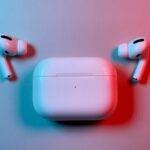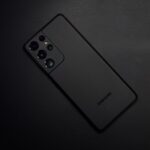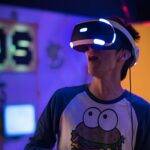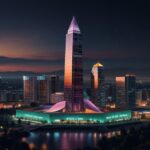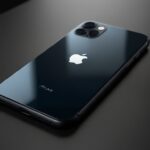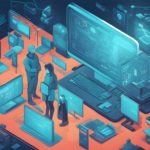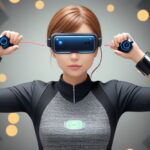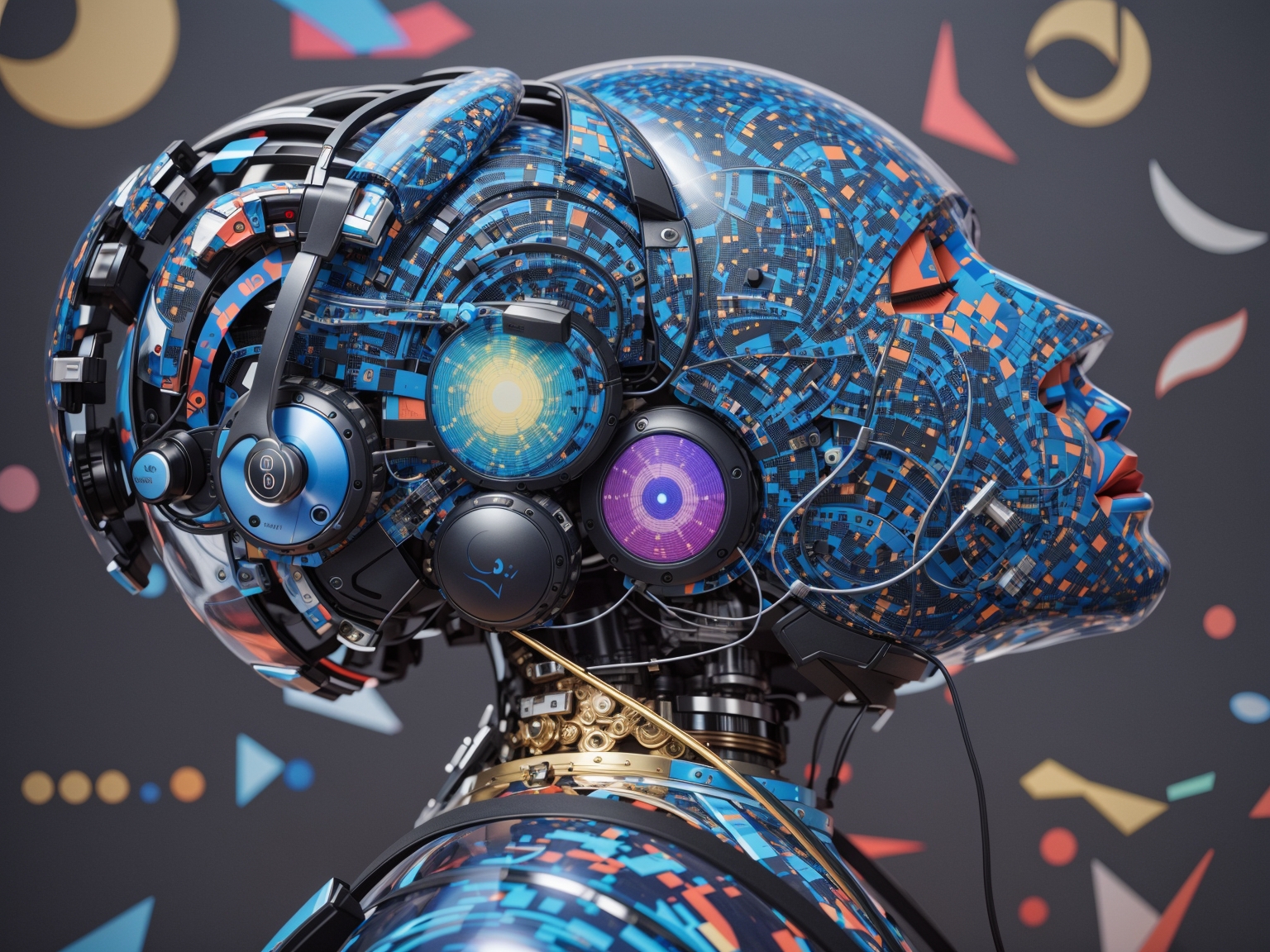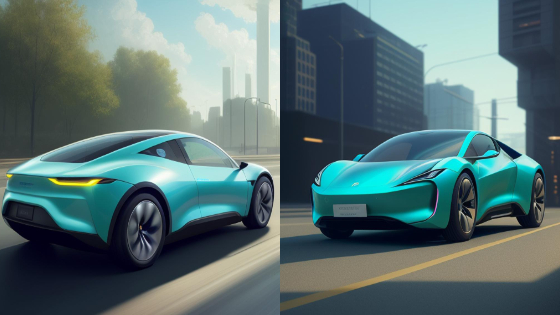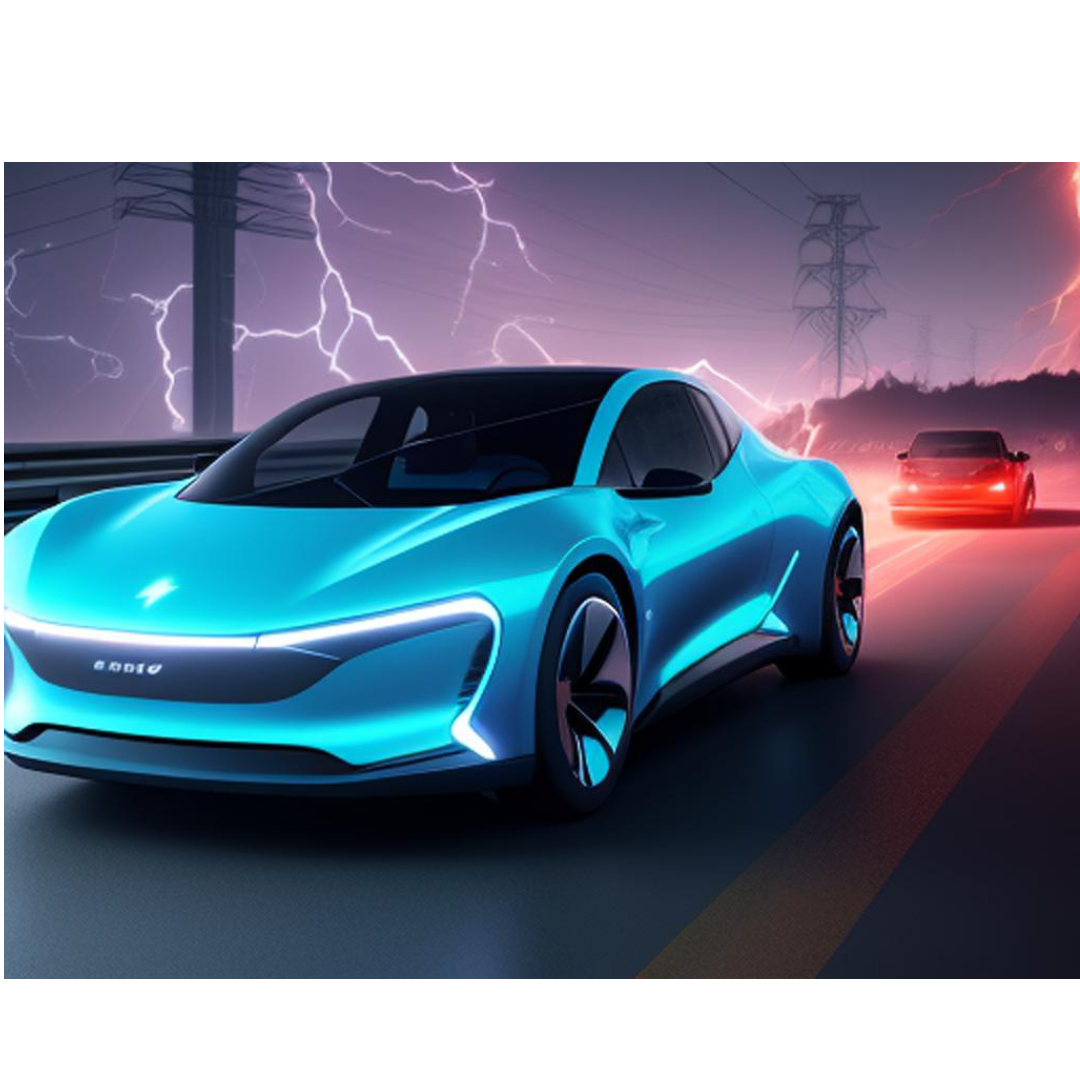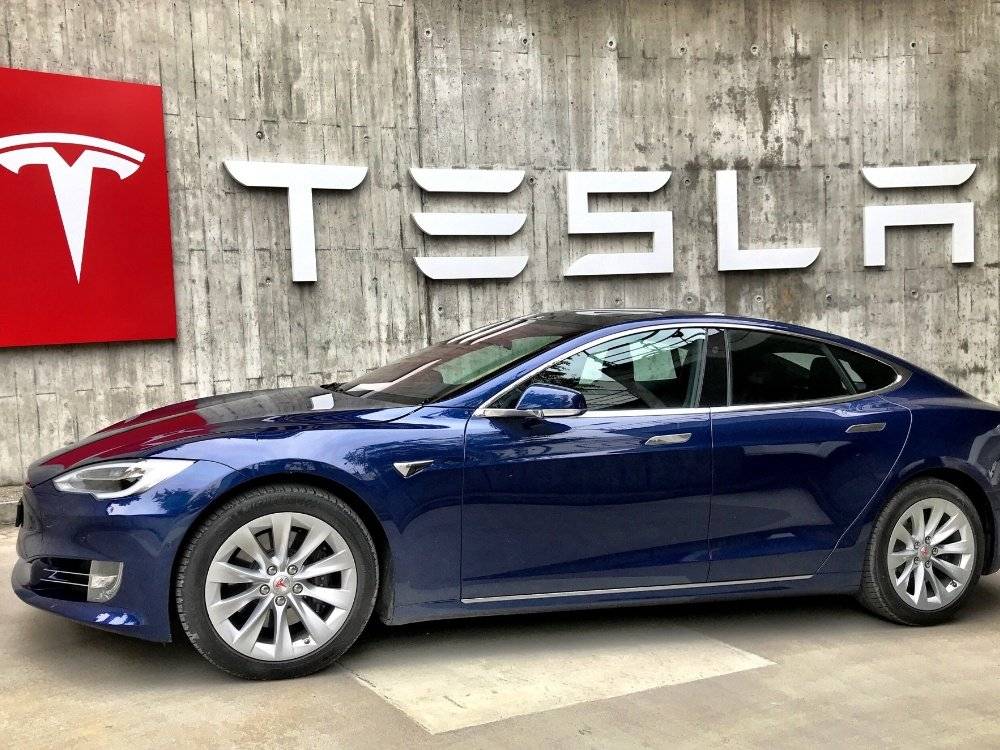How AI is Revolutionizing Art and Music? Artificial intelligence and machine learning have sparked a creative revolution across visual and musical mediums. As algorithms and neural networks rapidly evolve in their ability to generate inspiring artistic works, these transformative technologies have unlocked entirely new creative frontiers. From visually stunning AI-generated photography to the next viral AI music hit, it’s clear that artificial intelligence possesses immense disruptive potential across the arts. But debates simmer around questions of authenticity, copyright, and the ultimate limits of algorithmic creativity. This article delves into the key areas where AI is revolutionizing art and music creation, the promising future possibilities, and the challenges still ahead. By understanding both the immense potential and pitfalls of artificial intelligence in the arts, we can direct these technologies towards expanding human creativity rather than replacing it.
How AI is Revolutionizing Visual Art
The rise of generative art AI systems like DALL-E 2, Midjourney and Stable Diffusion has been met with awe and apprehension. Built on neural networks trained on massive datasets of images and art across history, these algorithms can transform basic text prompts into remarkably detailed digital paintings, illustrations and photography. Artists are harnessing these new AI tools to enhance idea generation, produce concepts, textures and backgrounds, augment traditional photography techniques through AI-generated elements, and more. While debates around copyright and plagiarism persist, AI promises to democratize access to high-quality art while providing creative assistance to working artists and designers.
These generative algorithms mark a seismic shift in the creative process itself. Artists no longer have to start with a blank canvas and painstakingly render every element. Instead, they can provide textual instructions to rapidly generate visual materials, iterate on the results through additional inputs, and curate the final product. AI accelerates ideation, iteration and polish in a feedback loop between human and algorithm. Graphic designers can instantly produce customized logos, book covers, product renderings and more. Photographers have new post-processing tools at their fingertips and endless creative possibilities through compositing human-shot and AI-generated images. Experimental artists are pushing AI art in avant-garde directions from glitch art to interactive AI installations. While caution is warranted, the promise of AI as a generous new digital art medium is undeniable.
At the same time, tensions bubble under the surface of this technology. Critics argue that borrowing heavily from AI-generated works without extensive modifications by a human artist constitutes plagiarism at best and art theft at worst. Copyright protection for both the AI system creators and the artists making use of them remains a complex gray area still being charted. As with any disruptive technology, the economic impacts on working artists and designers raises concerns alongside the democratizing possibilities. How much AI is too much? Does deeply integrating algorithmic processes undermine human artistic vision and integrity? As AI capabilities accelerate, addressing these questions will help steer these systems towards empowering human creativity.
How AI is Revolutionizing Music
In the realm of music, similar AI systems leveraging machine learning are unlocking new horizons across the creation process. Algorithmic music composition tools like Aiva, Amper and Google’s Magenta can generate original melodies, instrumentals, and even full musical arrangements and compositions based on some initial human guidance. This AI-enabled music creation depends on training neural networks on massive datasets of existing songs and instrumental sounds. Musicians can then establish parameters like genre, mood, instruments, tempo and more to produce tailored musical ideas to use as starting points.
These AI music composition technologies lower the barriers of entry for creating quality instrumental tracks, beats and full songs. Amateur music hobbyists and producers can easily generate royalty-free digital music to use for videos, games, presentations and more. The algorithms act as an instant backing band, handling the heavy-lifting of technical music theory to turn basic ideas into polished melodies and harmonies. AI fills in the gaps, sparing the human creator from having to manually compose every single note and chord progression.
Songwriters and composers have also embraced AI music to augment their established creative process. Musical arrangements and original melodies generated by these systems provide fresh inspiration and fertile jumping-off points. AI supplies new ideas to build upon rather than replace human creativity and vision. This musical back-and-forth results in songs that leverage AI’s technical precision with the irreplaceable human touch. Producer Taryn Southern has incorporated AI into her albums using Amper to quickly create quality instrumental tracks. As the technology improves, AI music promises to further democratize access and supercharge creation.
However, AI music does face skepticism from critics who argue it lacks true human expressiveness and emotional resonance. As with visual art, questions orbit around plagiarism if AI-generated music is used without sufficient modifications. The legalgray zone surrounding copyright and ownership of algorithmically created music will need to be addressed. There are also concerns about impacts on professional musicians and composers who could find their skills and livelihoods disrupted by increasingly capable AI. Many argue that AI-generated music should always be identified as such to preserve the unique value of human creativity. Ensuring AI music enhances rather than overshadows human artistry will be an ongoing challenge.
The Future Possibilities and Challenges of AI and Creativity
As artificial intelligence continues advancing across the visual and musical arts, this technology shows increasing potential for integrating into creative workflows. Individualized AI assistants could one day enable creators to produce custom art, photography, music and more simply through conversational prompts. Imagine asking an AI to paint your family photo in the style of Van Gogh or craft a new instrumental track inspired by your favorite music genre or artist. These personalized creative partners could unlock astounding artistic possibilities. Tech optimists see a future where AI makes professional-quality creative production accessible to all levels of experience and skill.
However, several challenges loom large over this artistic frontier. As algorithms grow more capable of producing eerily human-like art and music through training on existing works, concerns over copyright, plagiarism and artistic integrity will increase. Carefully protecting individuals’ creative rights and cultural heritage captured in the training data will be critical. There are also growing concerns over the economic fallout if AI technologies displace working artists across many creative industries. Campaigns to properly credit and compensate human artists, while thoughtfully designing AI systems focused on assisting creativity rather than replacing it, will help maximize the benefits while mitigating the pitfalls. If guided closely by ethical, artistic values, AI technology still harbors world-changing creative potential.
Tesla Semi Looks Incredible As An Electric Car
Conclusion
By opening new dimensions across visual and musical creative processes, artificial intelligence has demonstrated truly disruptive potential across the arts. If cultivated carefully as a tool to expand human creativity rather than replace it, this technology offers an inspiring glimpse into a future of artistic possibilities never before imagined.

